Why don't we make Hi-Fi optical cables? This is one of the questions that those who have known us most recently often ask. In fact, optical cables are nowhere to be found in our catalog. And there is a reason for this (in fact, more than one). However, let us first shed some light on what an optical cable is and how it came into being.
How optical cables are born and made
Optical cables are cables made of optical fiber, which is a material consisting of glassy or macromolecular (polymeric) filaments made in such a way that they can conduct light within them. The use of this fiber allows for flexible cables that are essentially immune to electrical disturbances and atmospheric conditions, and little affected by changes in temperature. All this has meant that its most common use is in long-distance telecommunications.
However, the first use was not this. The principle on which optical fiber is based was demonstrated in Paris, circa 1840, by Daniel Colladon e Jacques Babinet. The so-called principle of total internal reflection was initially used to illuminate public fountains. Not until the mid-20th century did research focus on image transmission through a fiber beam-the first use was the medical gastroscope. Only a century later, in 1956, Lawrence E. Curtiss physically produced the first optical fiber, thus making the first semi-flexible fiber optic gastroscope. But the first optical fiber for communications was invented in 1970 by researchers Robert D. Maurer, Donald Keck, Peter Schultz and Frank Zimar, employed by Corning, a U.S. glass manufacturer.
Optical cables in the audio field
To see the optical cable in audio we have to wait until the 1980s, more precisely 1983, thanks to a solution that is still available today on some devices, especially those with a few years on their shoulders.

Toshiba devised cables that, thanks to fiber optics, transferred with pulses of laser light generated by LEDs. Given the originator, the standard took the name Toshiba-Link or TOSLINK. Initially TOSLINK was to connect CD players and receivers from the parent company alone, but later it was adopted by many other companies as well. The digital format that cables with TOSLINK connectors transmitted was the famous S/PDIF (short for "Sony/Philips Digital Interface Format"), a commercial version of the AES/EBU standard.
Why we don't make Hi-Fi optical cables
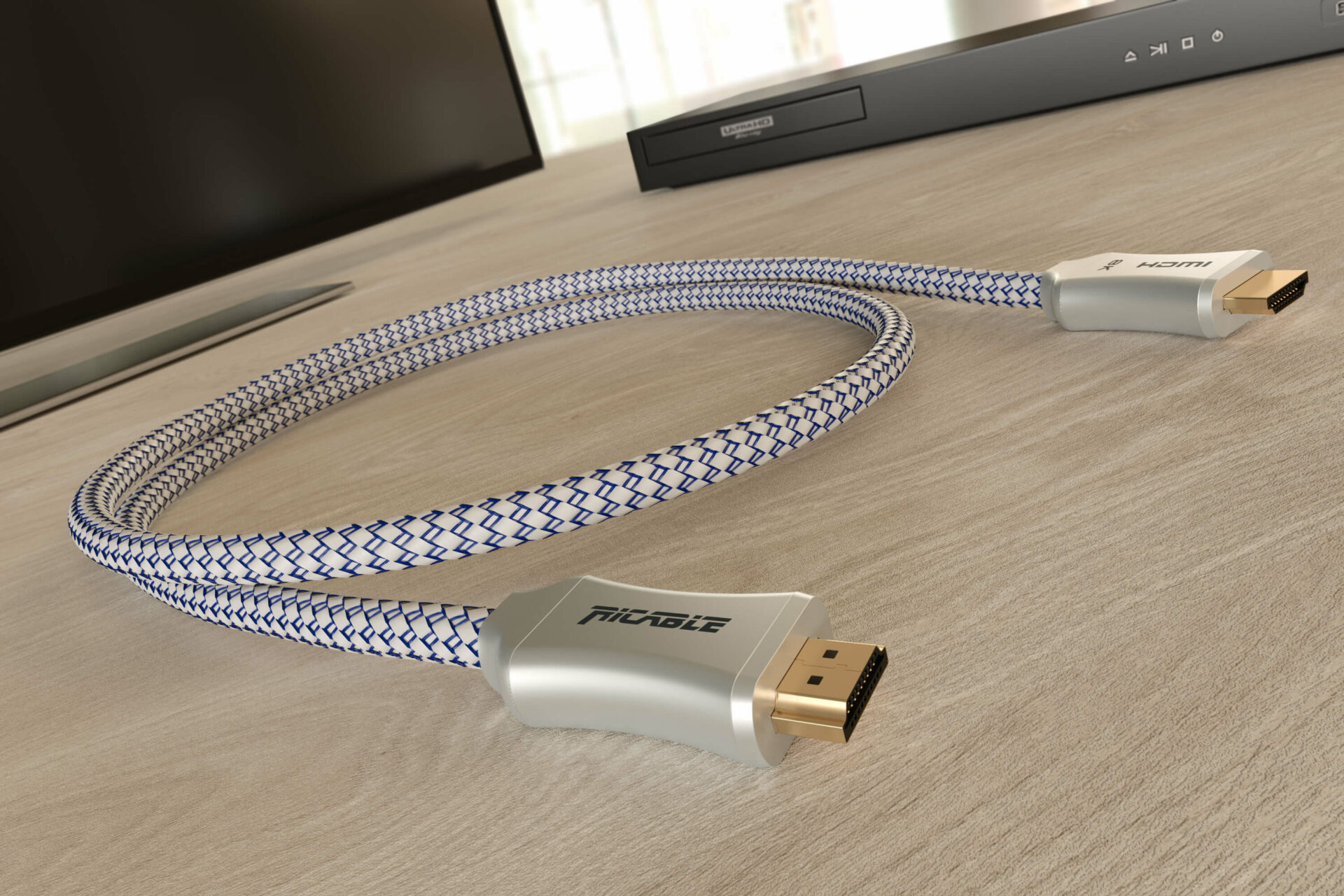
Now we come to the crucial question: why do we not make Hi-Fi optical cables? The answer is unambiguous, although more nuanced. The main reason is that optical cables have been surpassed in performance by both HDMI and coaxial cables. In fact, the optical connection does not have enough bandwidth for lossless audio formats, unlike the HMDI connection. The same optical connection cannot support more than two channels of uncompressed PCM audio. That said, HDMI and optical cables can also work in synergy, since the optical cable can handle the audio side while the HDMI cable can handle the video side. Beyond strictly technical issues, finally, there is a fact of "warmth" of sound; coaxial cable, compared to optical cable, does indeed return a more musical sound, with greater detail and dynamics.
Will Hi-Fi optical cables Ricable ever come out ?
The question we ask in conclusion is: will Hi-Fi optical cables Ricable come out ? The answer would seem to be negative. Optical cables are an outdated reality. There is also a lack of commercial logic; the amount of demand for them is so small that it would not justify the cost of designing an optical cable. Last but not least (indeed!), the construction of an optical cable requires such machinery that we would be forced to outsource production, which goes against the philosophy Ricable. The crystal ball, however, no one has it; who knows whether through nostalgia effect (vinyl and cassette style) or due to the delayed "boom" of already existing realities (as was the case with the I²S protocol) even the Ricable catalog will not have its own Hi-Fi optical cable. In the meantime, you can consult it with the current offering, which in any case is already capable of satisfying the palate of the vast majority of audiophiles.







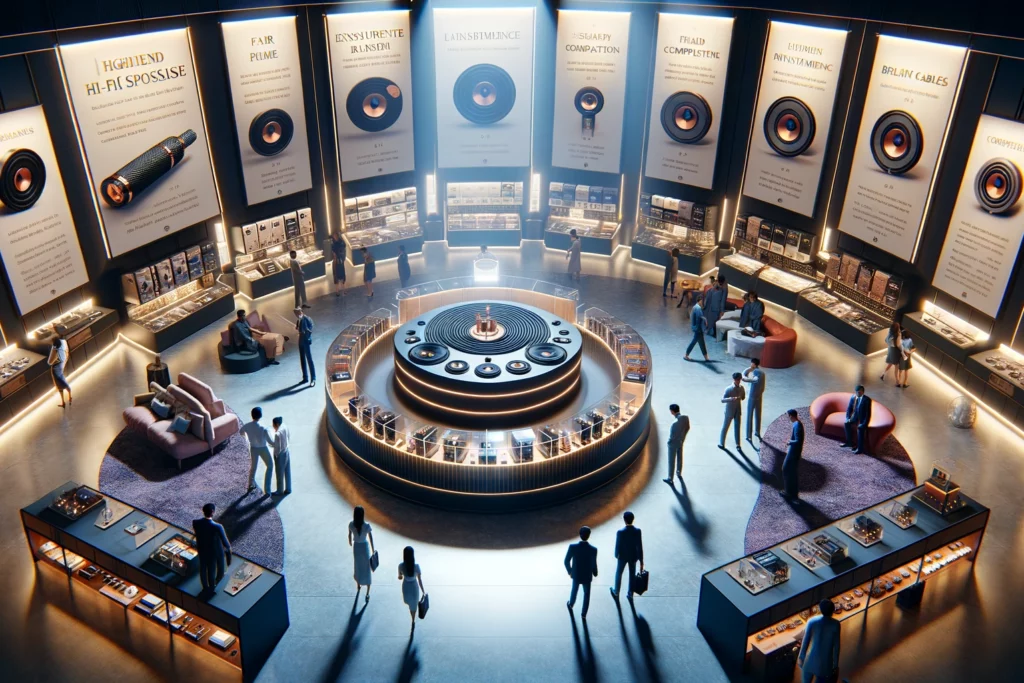
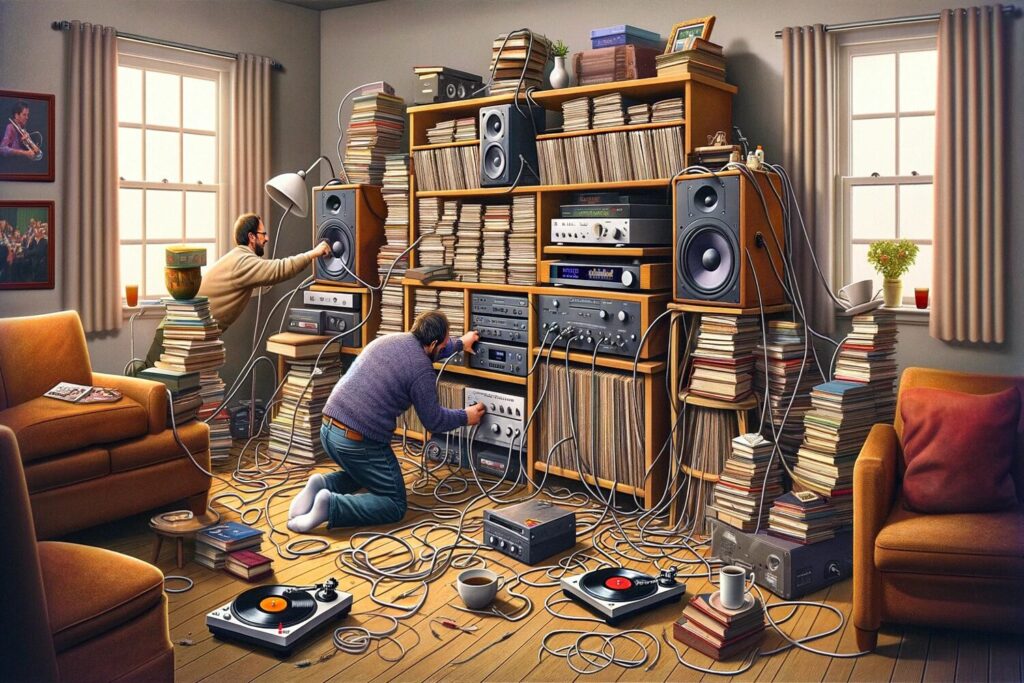
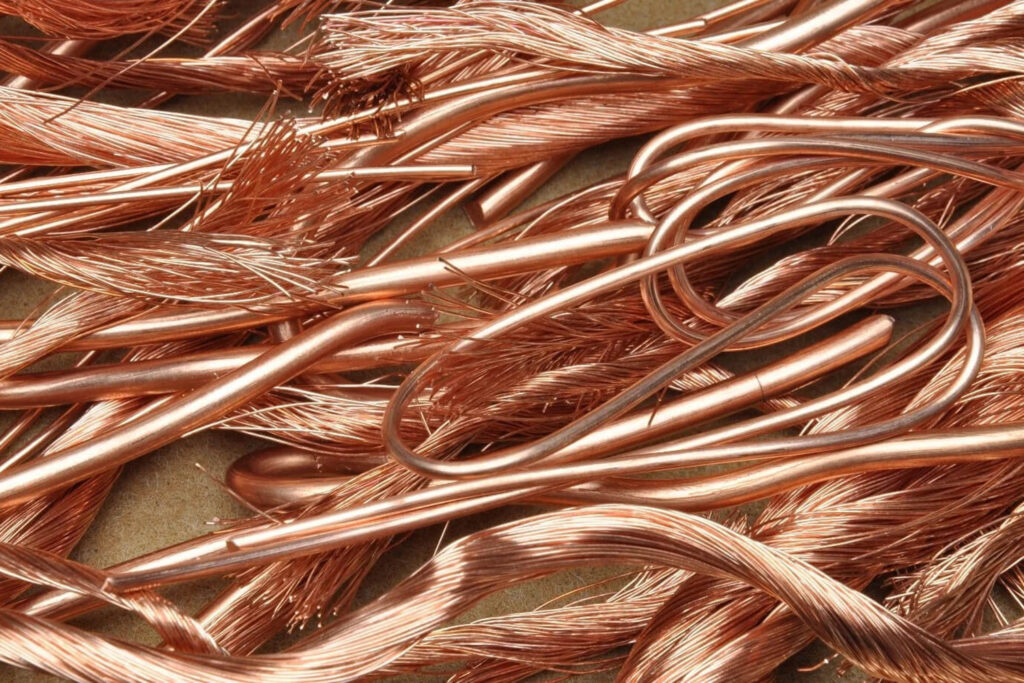
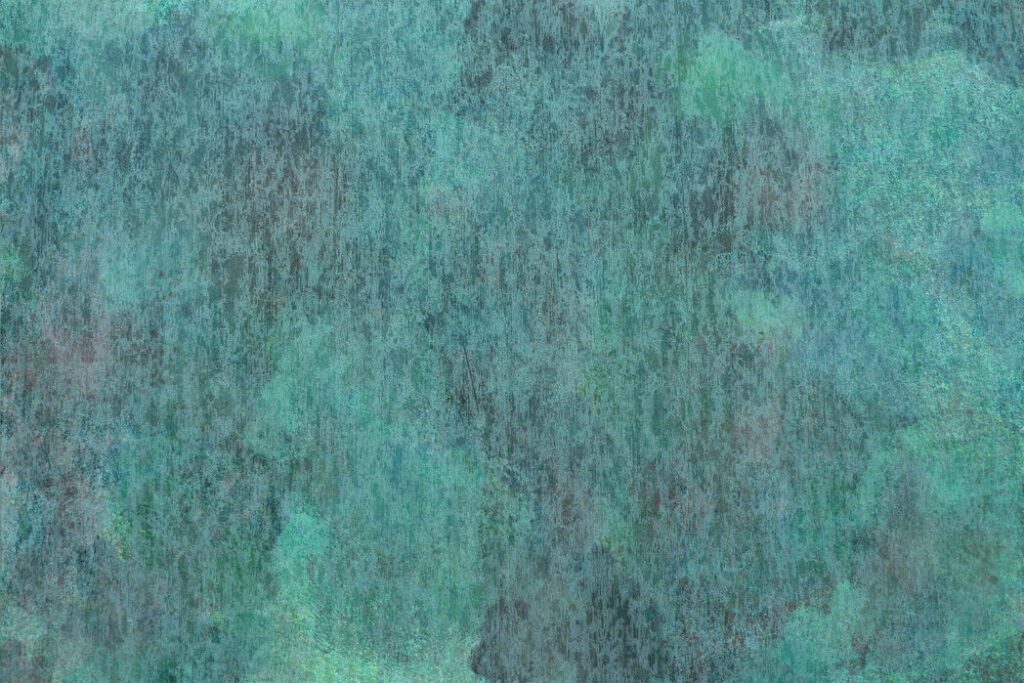
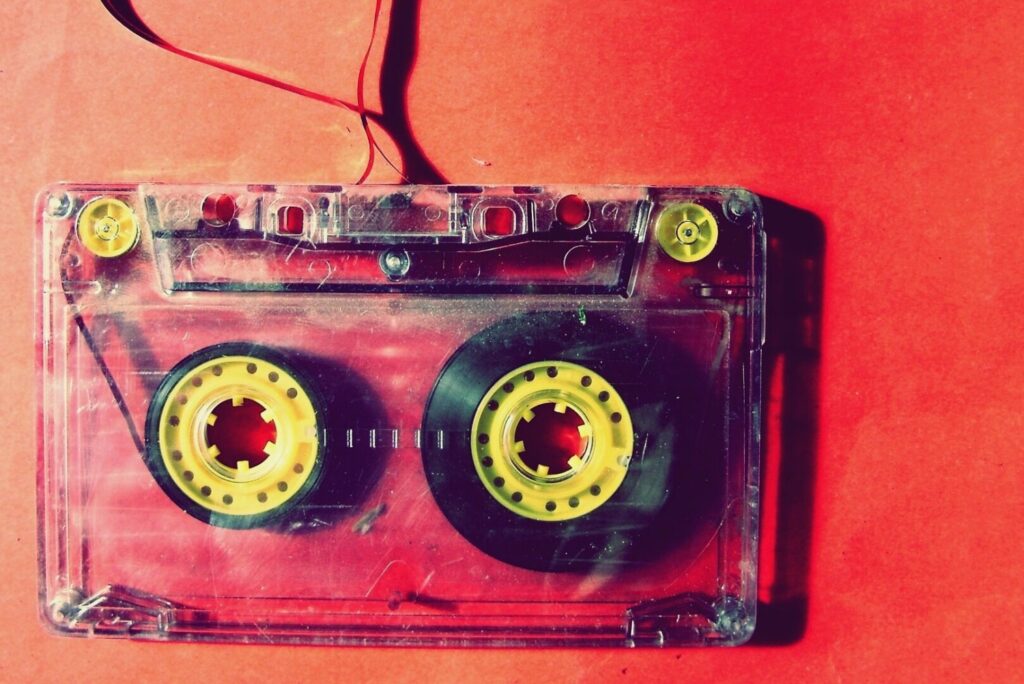
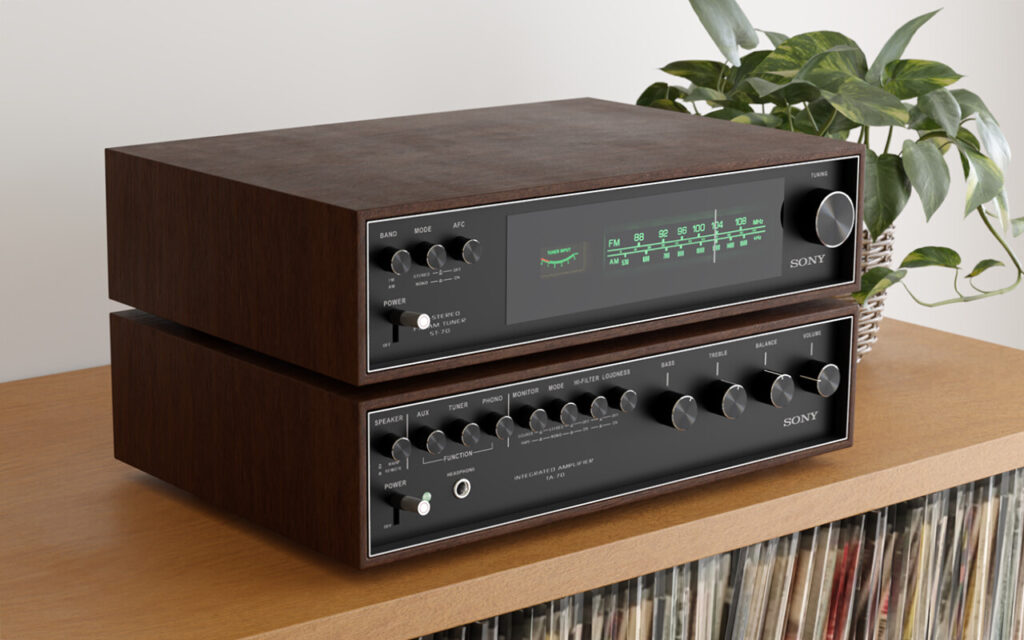


Great article but it created new questions for me
1 the hdmi connection I have a great Dap that has among the connections a mini or micro I can't remember hdmi and is it better than coaxial ??? Do you ??
2 the 1 2 S connection that is spelled other way but do you know do you make these connections ?? Quality how do you consider it
Thanks
A customer of yours
Hi Riccardo, mini and micro HDMI unfortunately we do not currently make any, to answer part of your first question. To know if your device works better with coaxial or HDMI connection, this you should ask the manufacturer of the electronics itself. Try contacting him! As for I²S, on the other hand, of course we make it. We have written another article on this very subject, in case you would like to explore it further: https://www.ricable.com/the-protocol-i2s-and-the-cable-supreme-hdmi/. Eventually, however, we remain available for any further clarification.